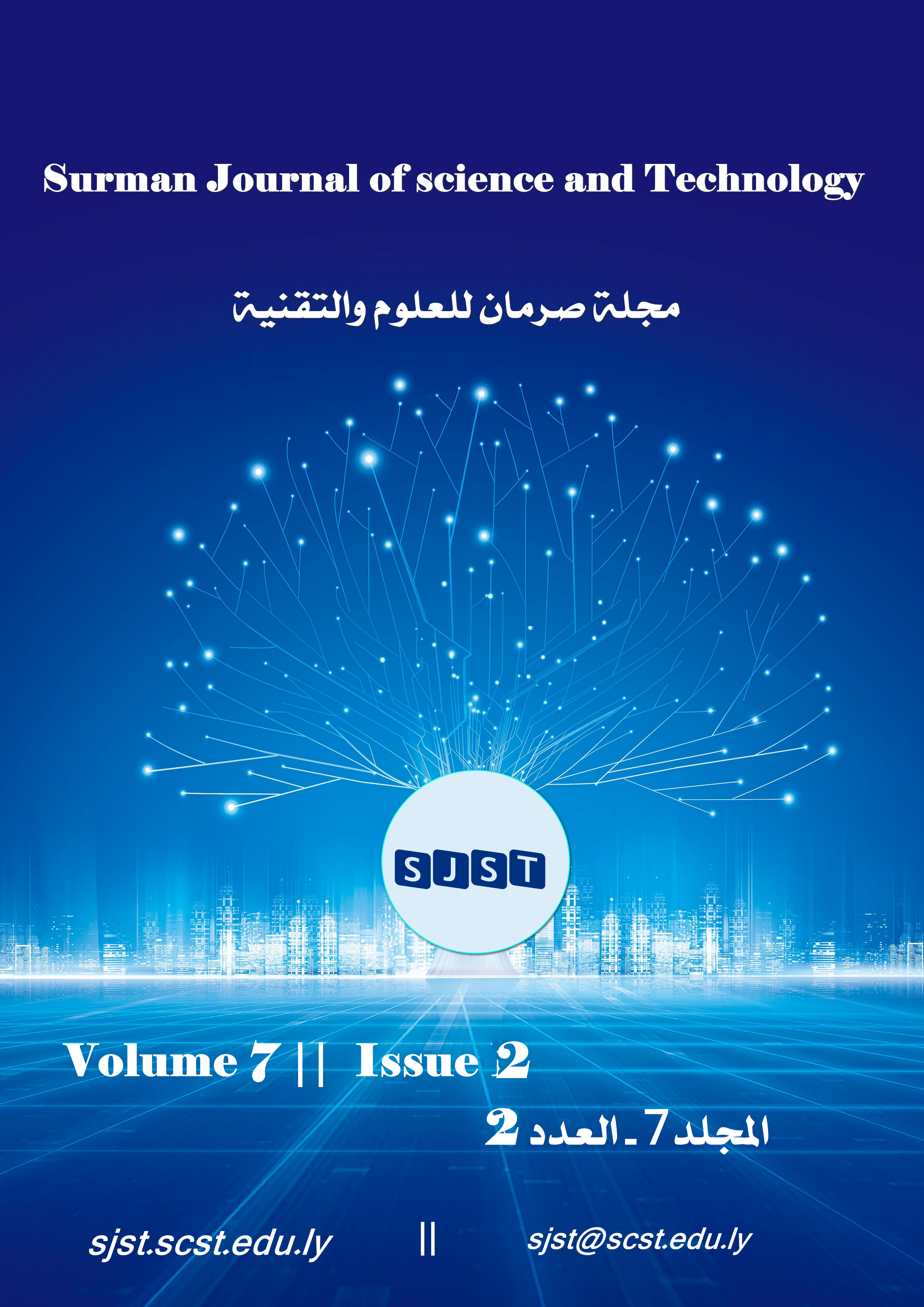Enhancing English Language Learning for Arab Native Speakers through Comparison with Arabic Language Fundamentals
Main Article Content
Abstract
This paper gives a detailed account of teaching English language to Arab native speakers by contrasting between the basic linguistic components that form both Arabic and English. Based on the Contrastive Analysis Hypothesis and drawing on the findings of several second language acquisition (SLA) theories (interlanguage theory, sociocultural theory, the generative approach, processability theory), the study investigates the impact of Arabic phonology, morphology, syntax, and pragmatics on learning English. The results show the positive and negative language transfer which have a tremendous impact on learners’ performance with focus on the domains where there is substantial structural divergence between the two languages. Using a model of pervasive comparative linguistics and literature-based teaching methodology, this study states that by addressing common learner errors, attending to culturally responsive pedagogy, and the use of bilingual scaffolding, positive gains may be evidenced with high school level ESL learners. Ultimately, curriculum design informed by language comparison that caters to these cross-linguistic contrasts is called for to enhance EFL learning of Arab learners.
Downloads
Article Details

This work is licensed under a Creative Commons Attribution-NonCommercial 4.0 International License.

